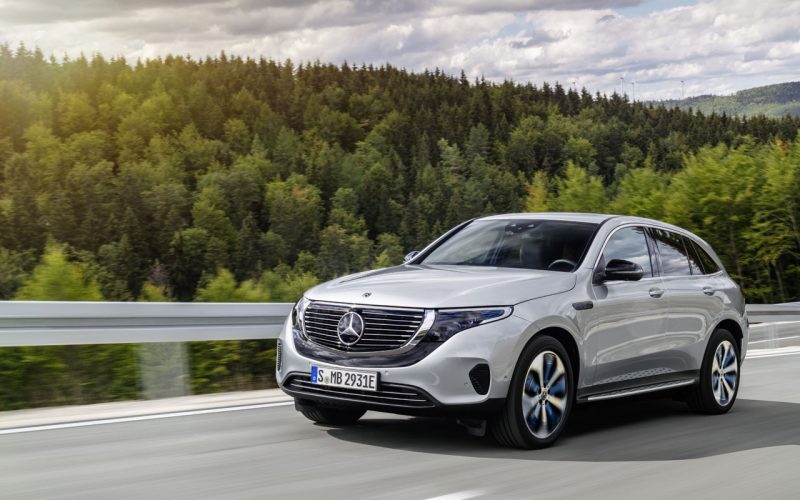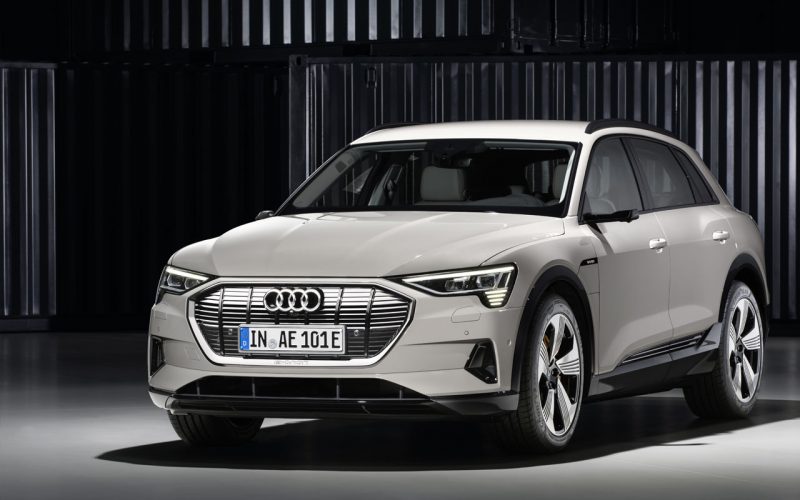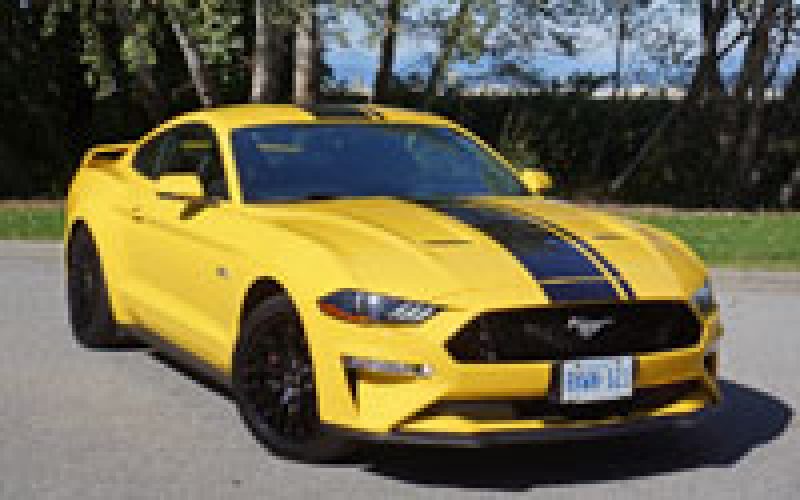
Reading Time: 9 minutesWith Tesla hemorrhaging from its inability to hit Model 3 build targets (have you noticed the

Reading Time: 9 minutesConsider the history of Audi here in North America. The four-ringed brand from Ingolstadt, Germany toiled

Reading Time: 3 minutesIf you haven’t driven a Mustang for a while, I highly recommend you take one out
© 2025 The Car Magazine. All Rights Reserved, Privacy Policy | Terms of Use